
When new recruits join the brutal Mara Salvatrucha gang in El Salvador, seasoned members haze the newcomers by beating them in a harrowing ritual. The initiation is said to symbolize a recruit’s commitment to what they call his new family. It also prepares gang members for the dual roles they will face going forward, that of both victimizer and victim. Many of the dead in El Salvador’s current epidemic of murder are gang members themselves.
“Since we were children, we have witnessed these scenes–scenes that never end, that come every day. There are deaths, bodies thrown out, decapitations,” says Marvin González, 32, who leads a faction of Mara Salvatrucha in the town of Ilopango, a few miles east of the capital, San Salvador. “We are killing among poor people. It’s a war without sense.”
Since González was released from prison in 2012, he has tried to end this so-called war, working on reaching and maintaining a truce with the rival Barrio 18 gang. But though the accord helped reduce the body count for two years, it has crumbled over the past year, in part because gang leaders were not able to fully control their members. El Salvador is now experiencing its highest homicide rates in decades. This June saw 677 murders in the nation of 6 million people. If this level of killing continues for the rest of the year, El Salvador could become the most murderous country outside a declared war zone, topping neighboring Honduras, which is also being torn apart by gang violence.
Italian photographer Patrick Tombola, who took the photographs on these pages, has been documenting this year’s surge in bloodshed, spending time with the police, gang members and families on the front line. He is no stranger to conflict, having covered wars in Syria, Gaza and Libya, but he was shocked by how bloodthirsty some gang members in El Salvador, many of them teenagers, have become. “I was struck by how young people were,” Tombola says. “We are talking about a whole generation of people that is being affected.”
Barrio 18 and Mara Salvatrucha fight each other for control of territory so that they can expand their extortion rackets, trade in drugs and engage in other forms of organized crime. But gang members also murder their rivals simply to raise their status within their own gang, which helps perpetuate the conflict.
Mara Salvatrucha got its start on the streets of Los Angeles in the early 1980s. El Salvador was then riven by a brutal civil war, with leftist guerrillas fighting a U.S.-backed dictatorship. Thousands of young people fled to take refuge in California. To defend themselves there against established Mexican-American and African-American gangs, they formed Mara Salvatrucha. Mara means “group of friends”; Salvatrucha is believed to be a combination of the words Salvador and trucha, meaning “street-smart.”
When the guerrillas laid down their weapons in 1992, the U.S. deported many Mara Salvatrucha prisoners. During the war, other Salvadoran refugees in the U.S. had joined Barrio 18. Back home, the gang members began to play out the Los Angeles street war in Central America.
The recent surge in killings has become a problem for the U.S. Gang violence has prompted many young people in Central America to flee their homes, leading to U.S. authorities’ detaining record numbers of unaccompanied migrant children crossing Mexico’s border with the U.S. last year. Some gang members are also heading north to join the Salvadoran gangs that still operate in American cities. President Salvador Sánchez Cerén has promised a renewed offensive on gangs, with new battalions made up of seasoned soldiers who will specialize in fighting the criminal organizations. That could mean more bloodshed, but Salvadorans, desperate to see an end to the gangs’ dominance, are likely to welcome the campaign. If it doesn’t work, the gangs are likely to take control of more of Central America–and more migrants will flee north in search of a safe haven.
Patrick Tombola is a photographer based in Barcelona.
Mikko Takkunen is an Associate Photo Editor at TIME. Follow him on Twitter @photojournalism.
Ioan Grillo is a journalist based in Mexico.


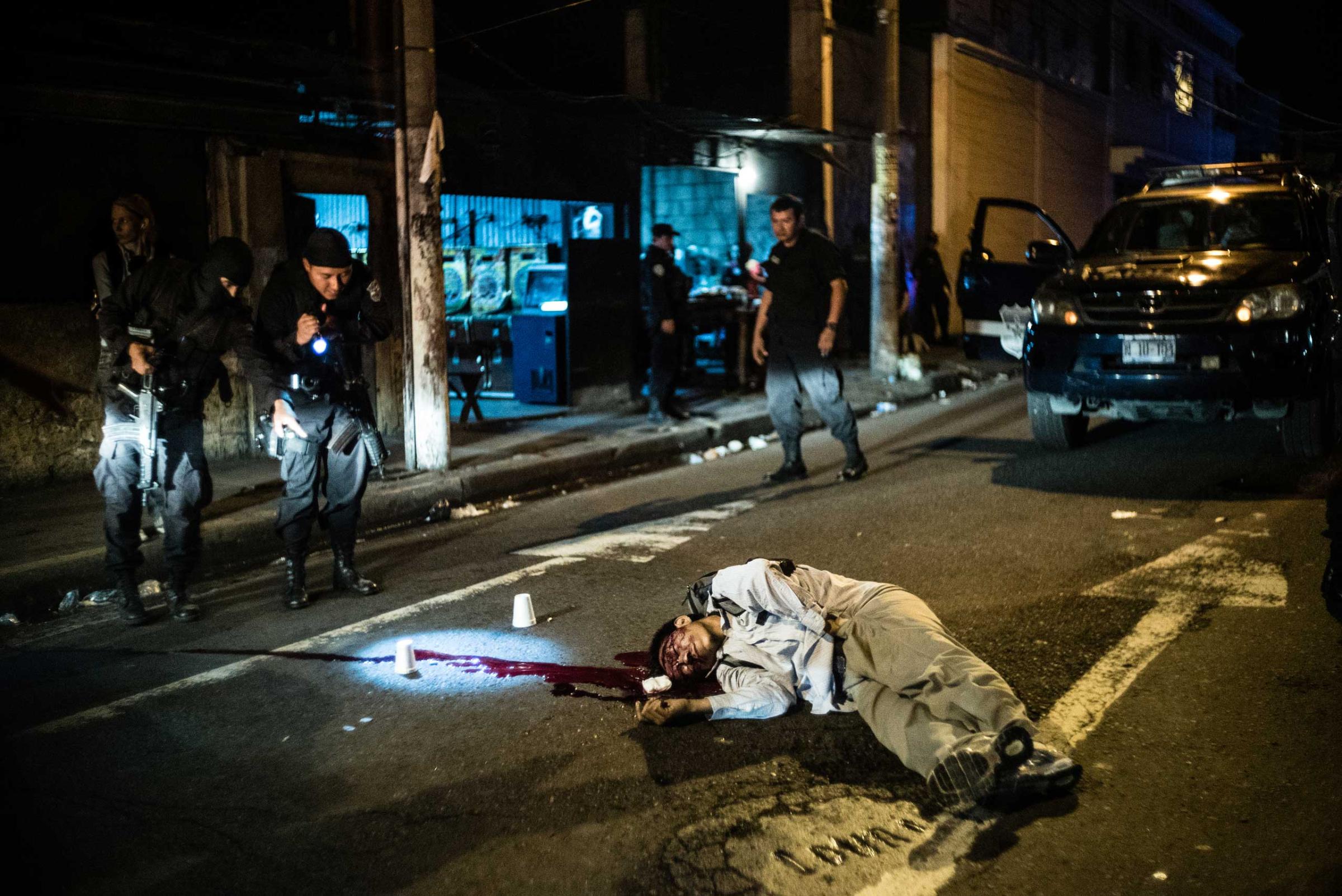
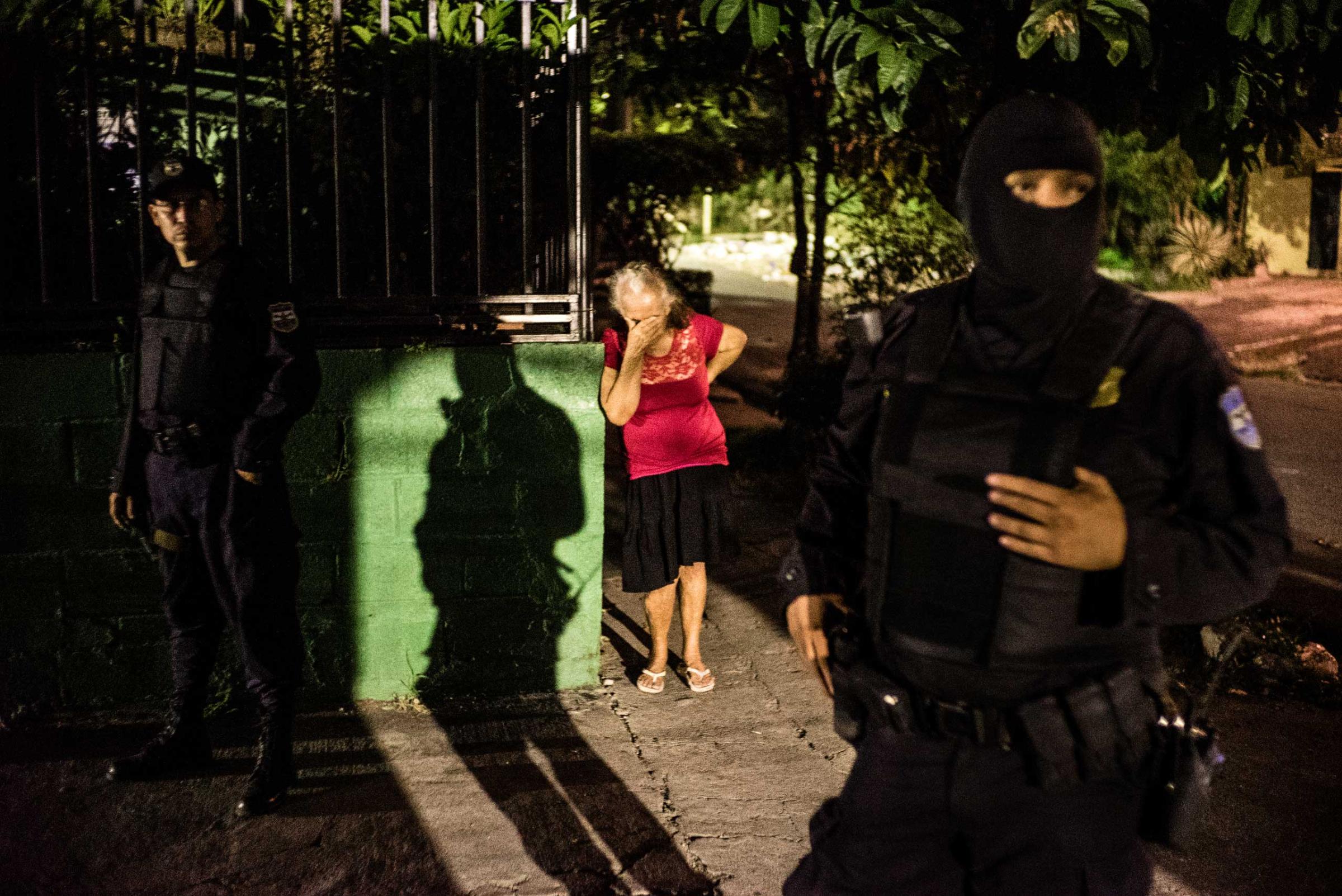
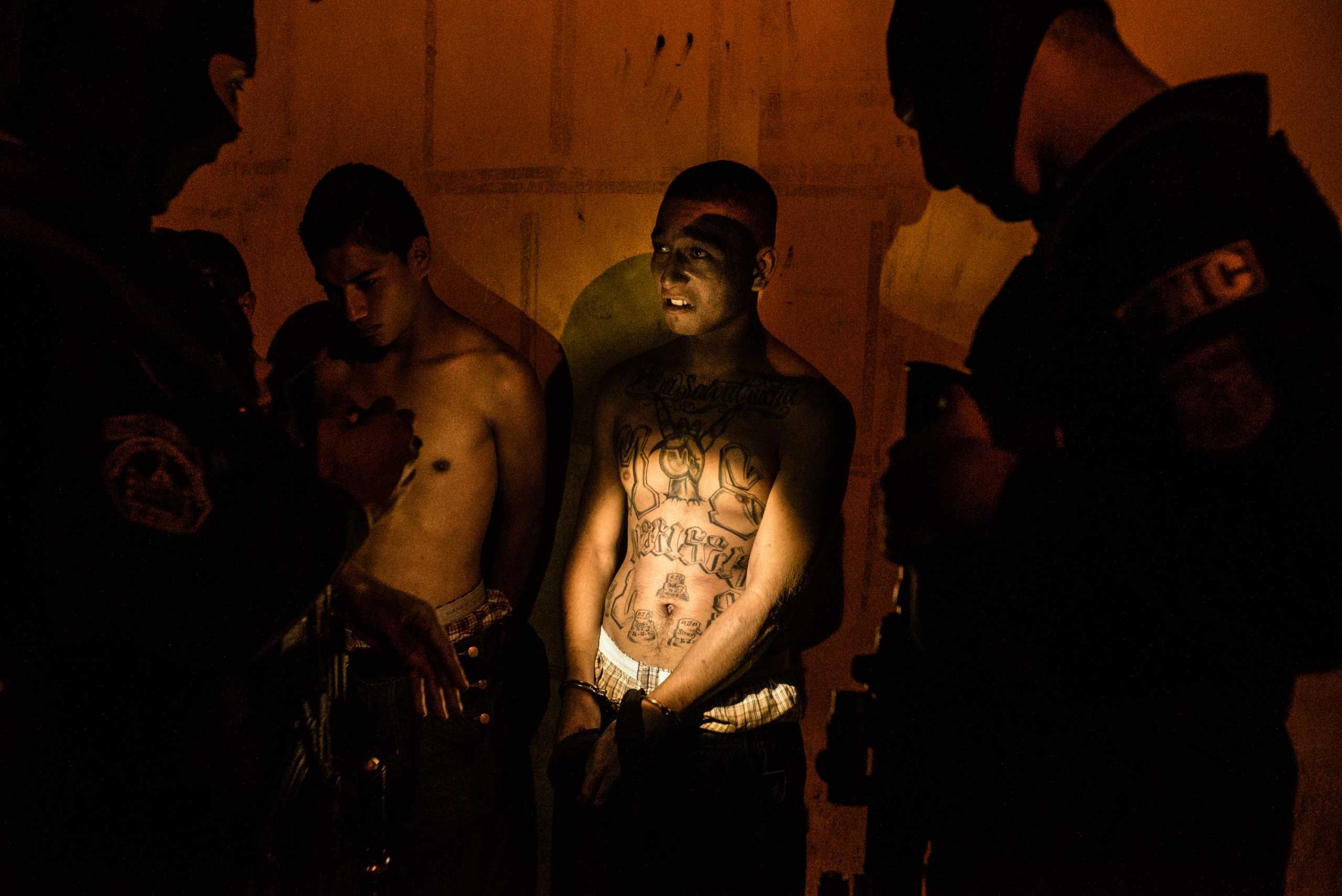

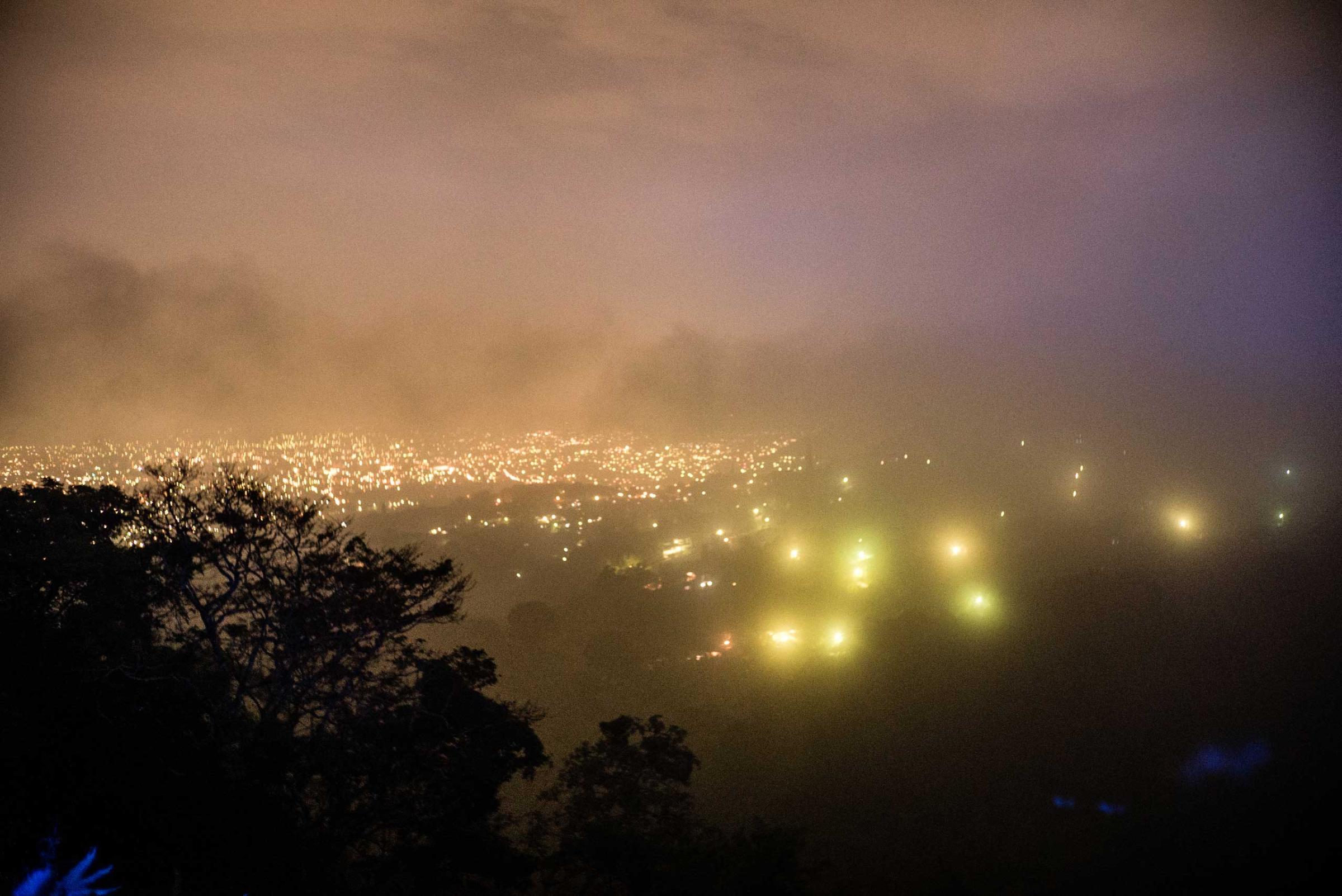
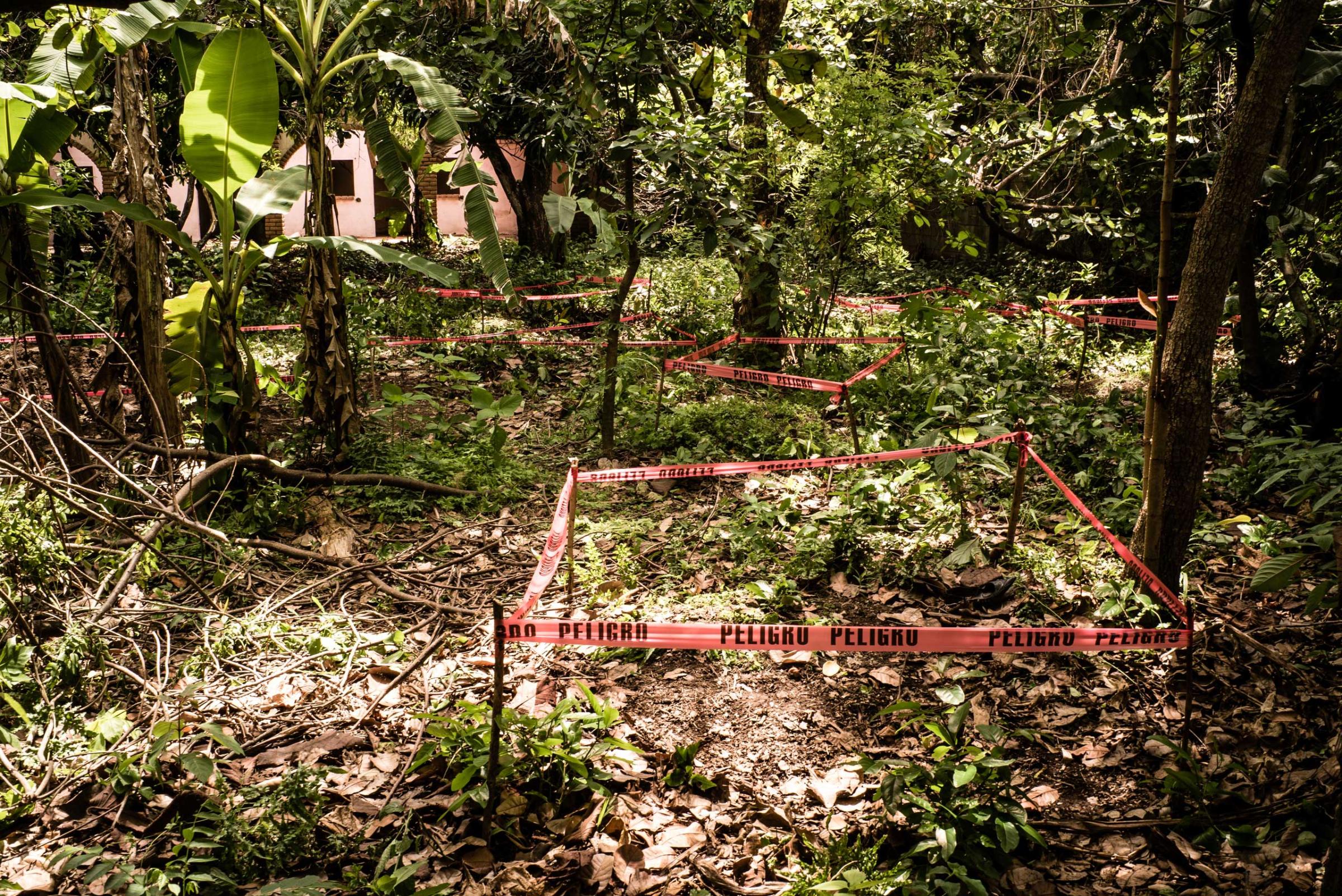
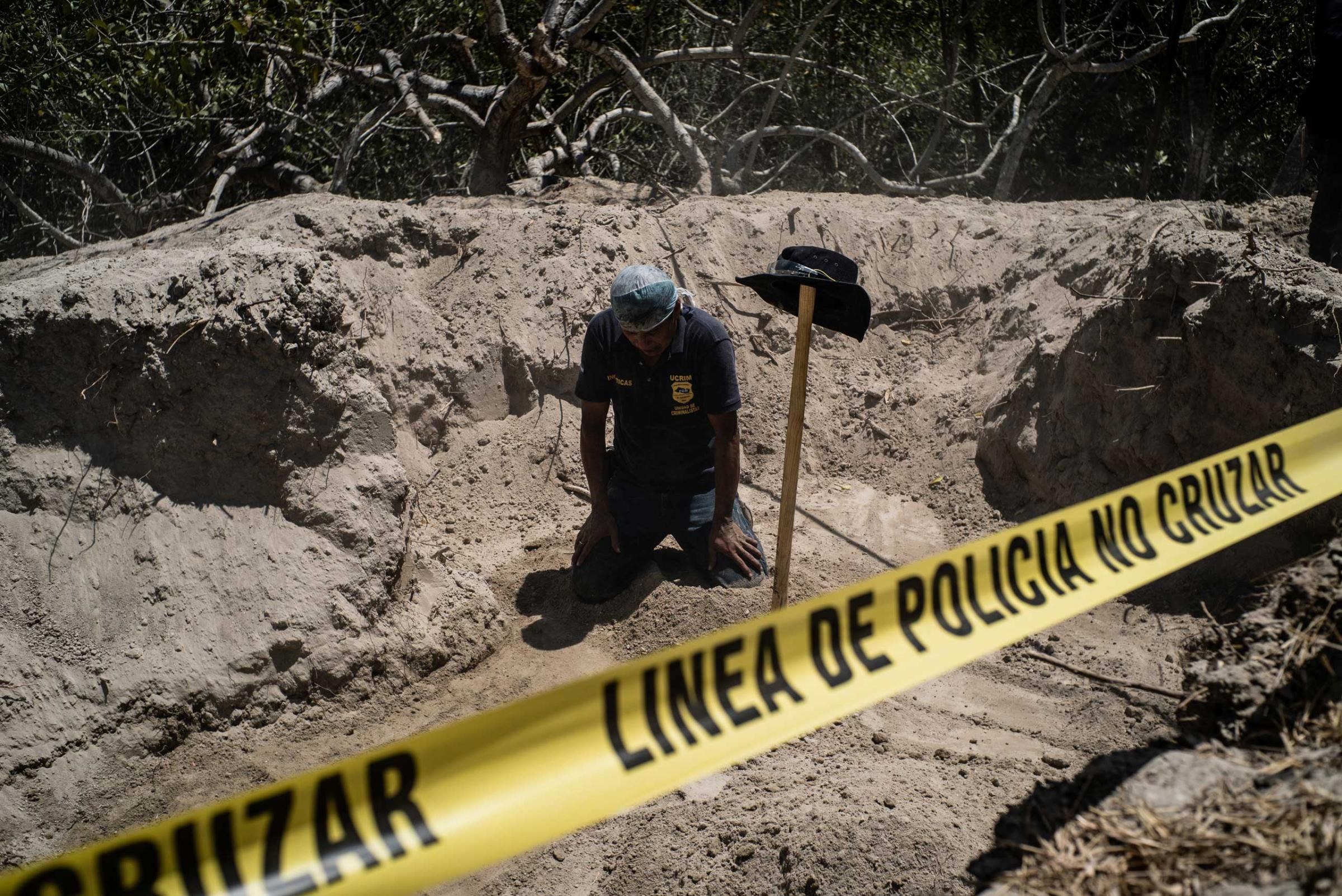
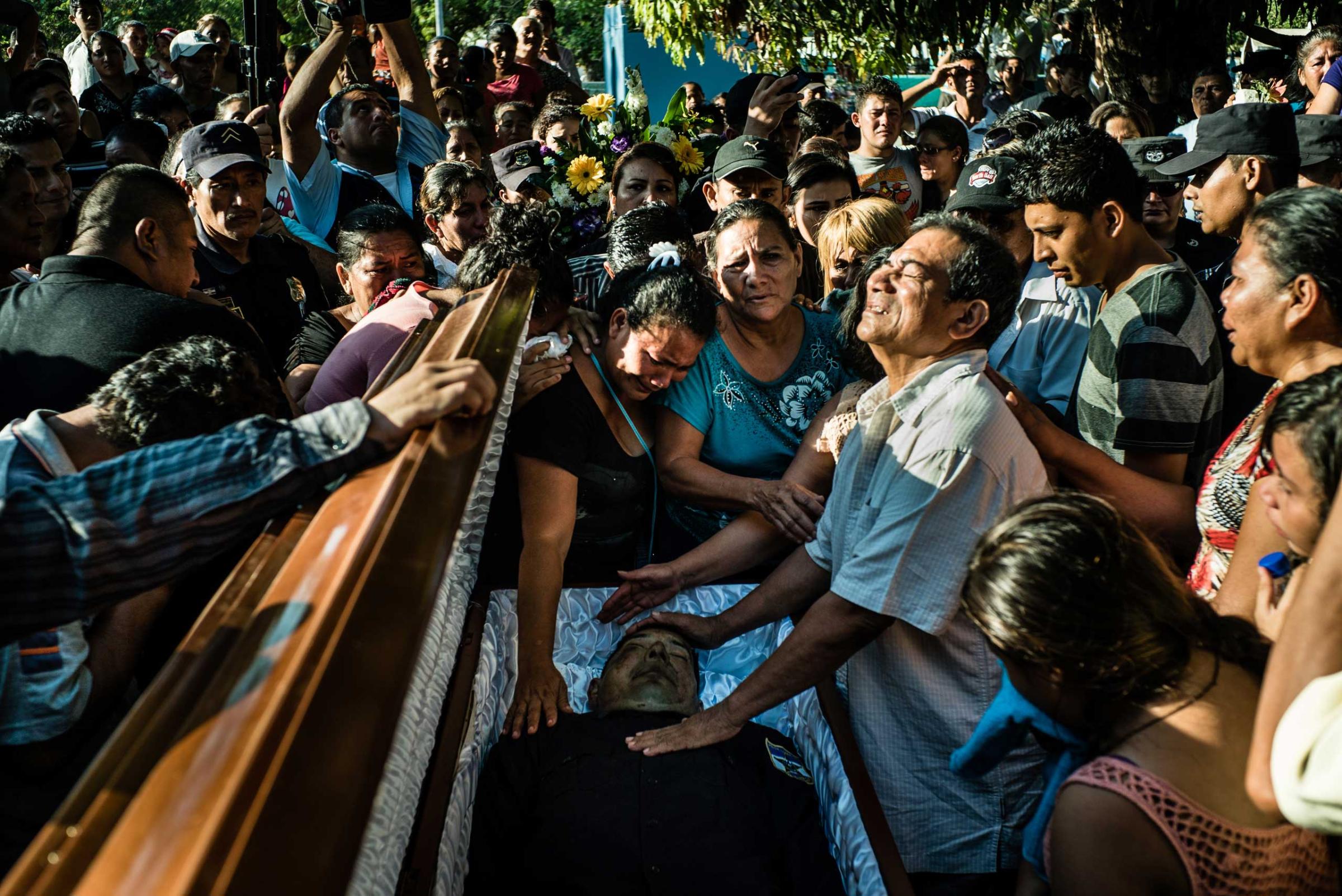
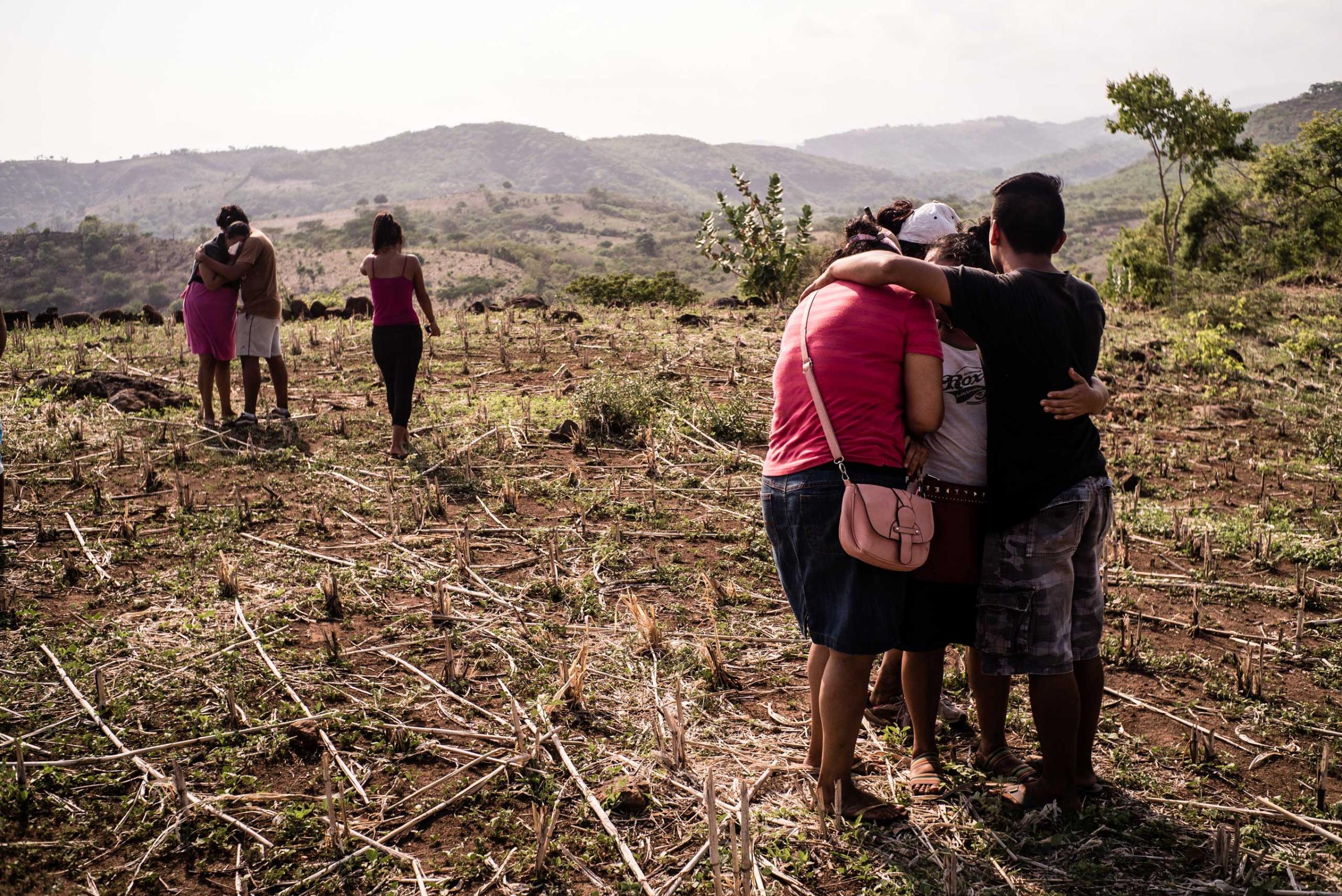
More Must-Reads from TIME
- Welcome to the Golden Age of Scams
- Introducing TIME's 2024 Latino Leaders
- How to Make an Argument That’s Actually Persuasive
- Did the Pandemic Break Our Brains?
- 33 True Crime Documentaries That Shaped the Genre
- The Ordained Rabbi Who Bought a Porn Company
- Why Gut Health Issues Are More Common in Women
- The 100 Most Influential People in AI 2024
Contact us at letters@time.com